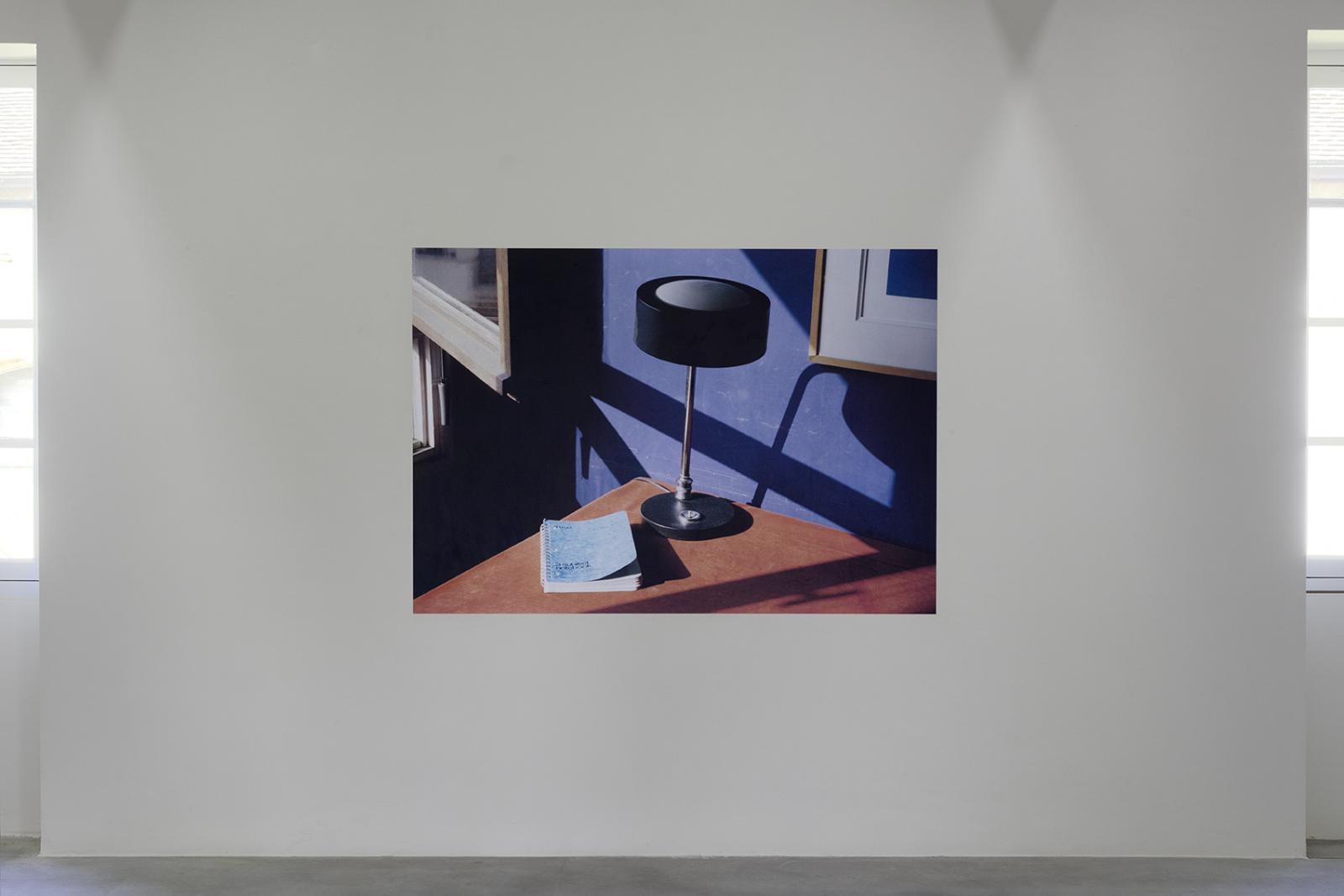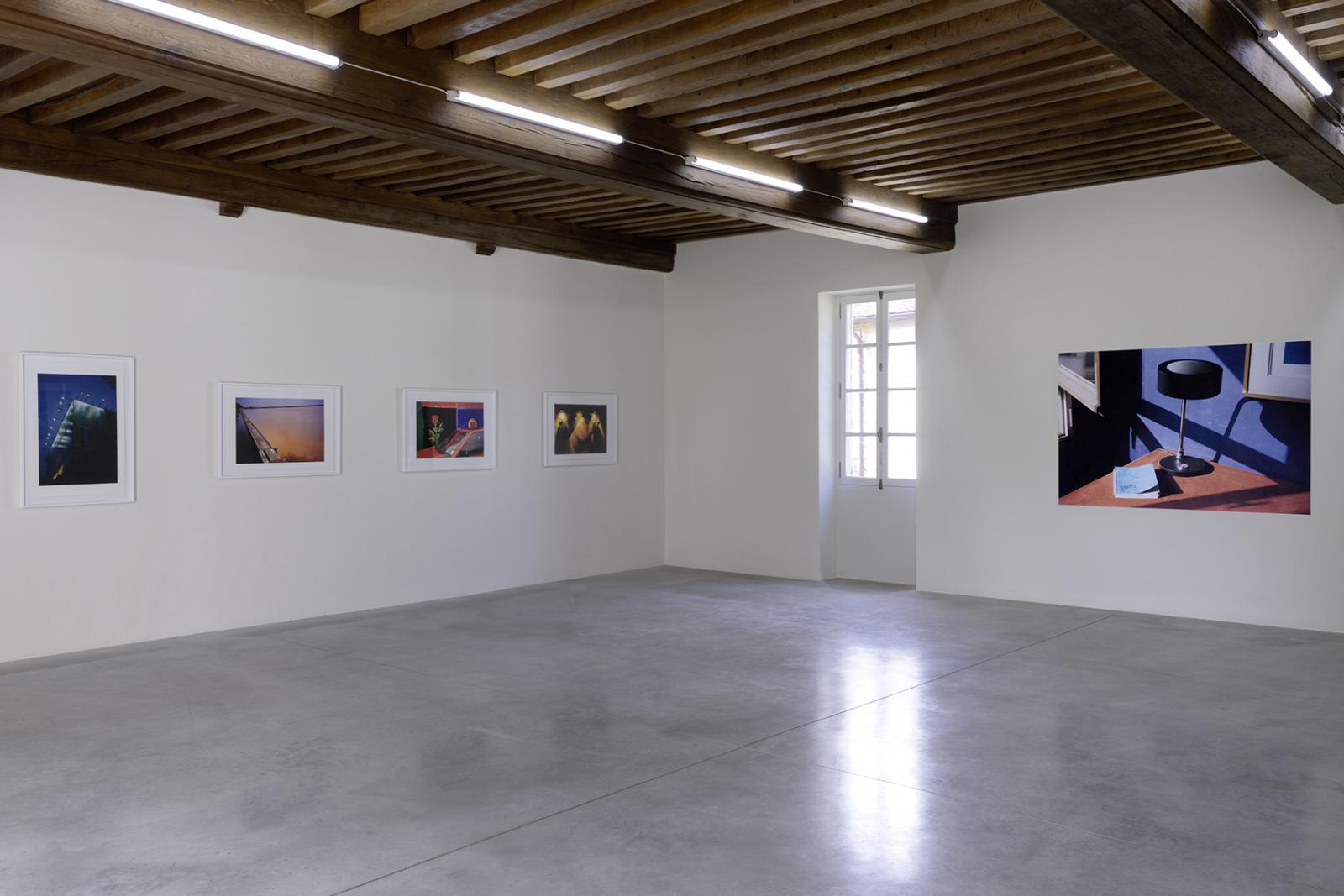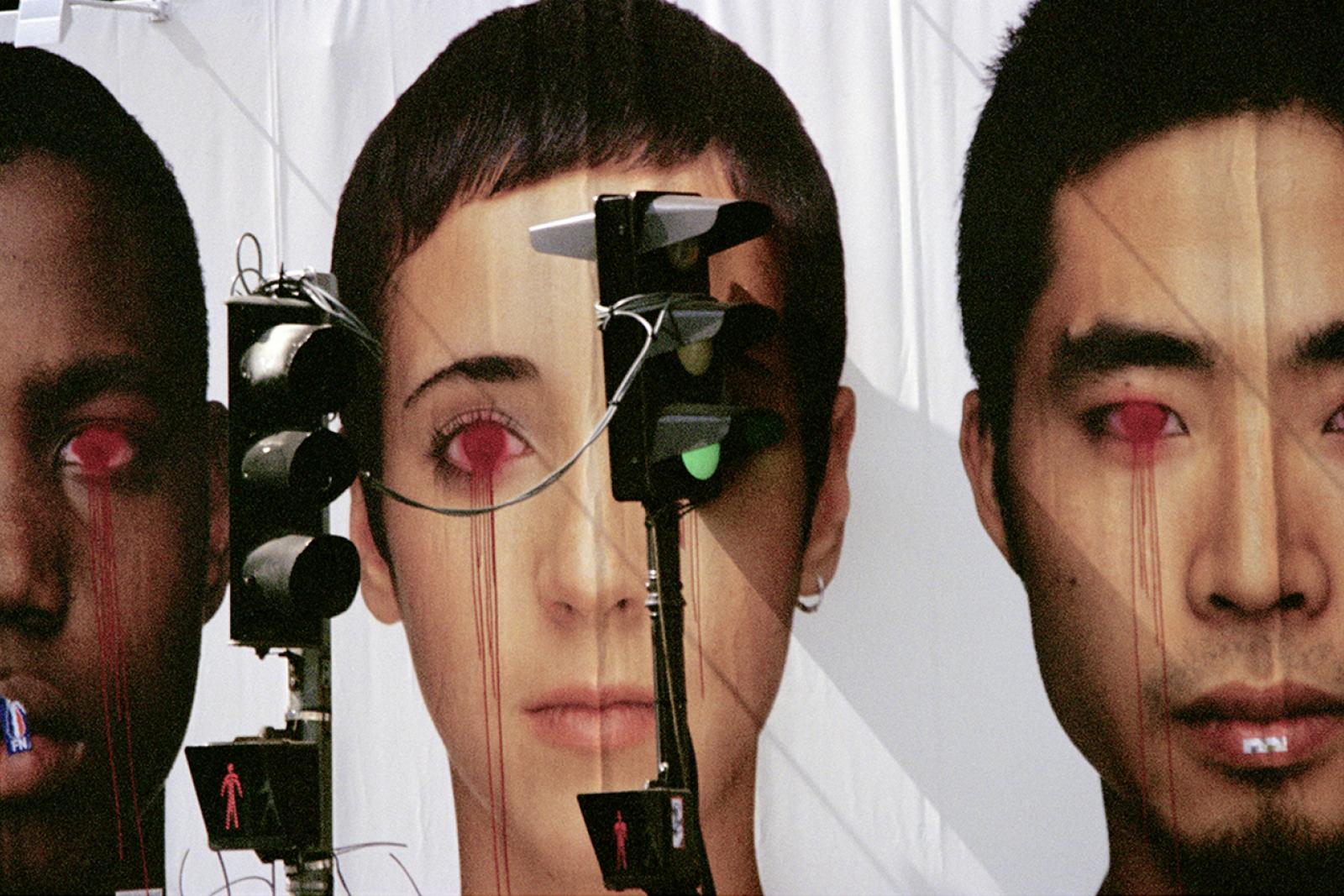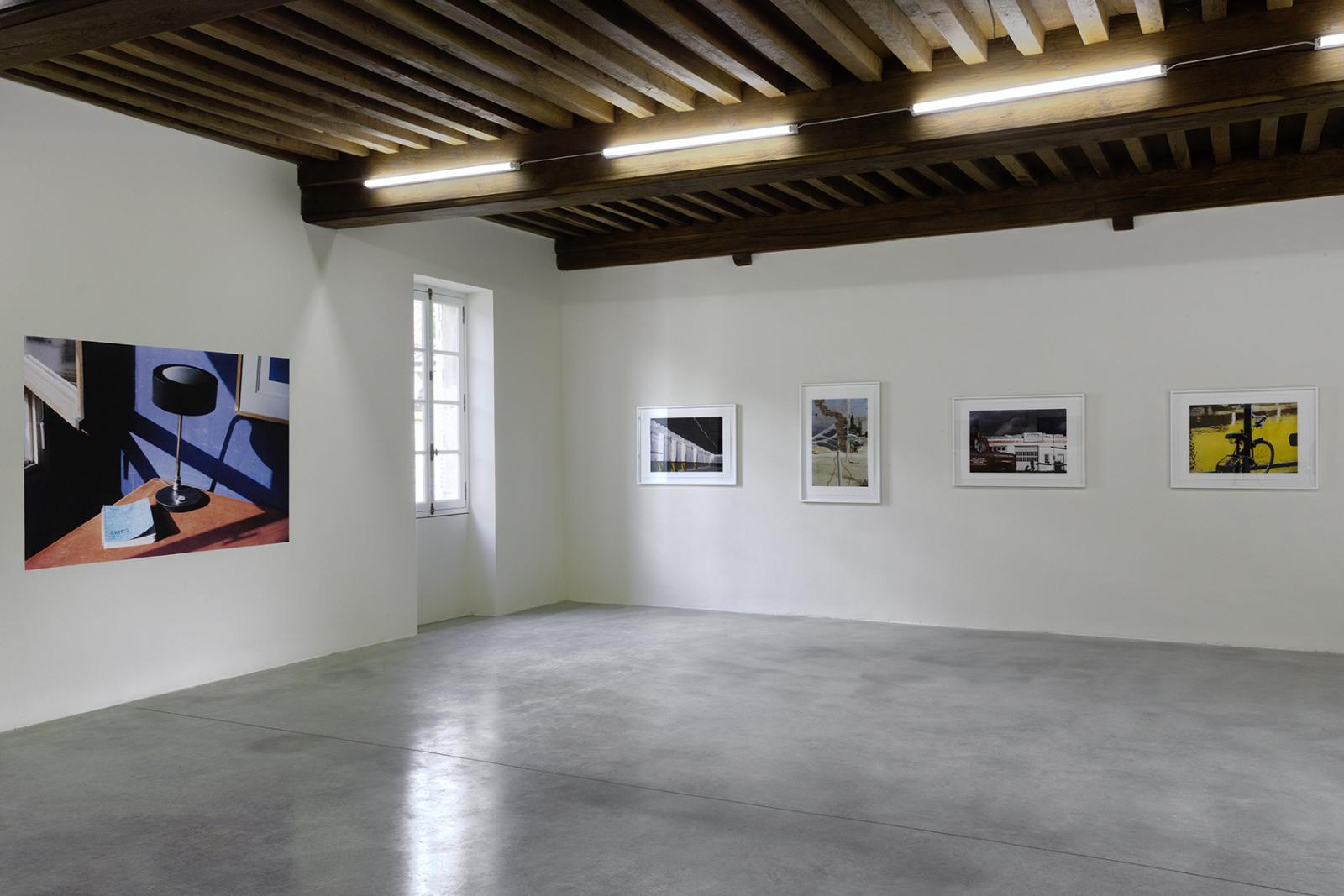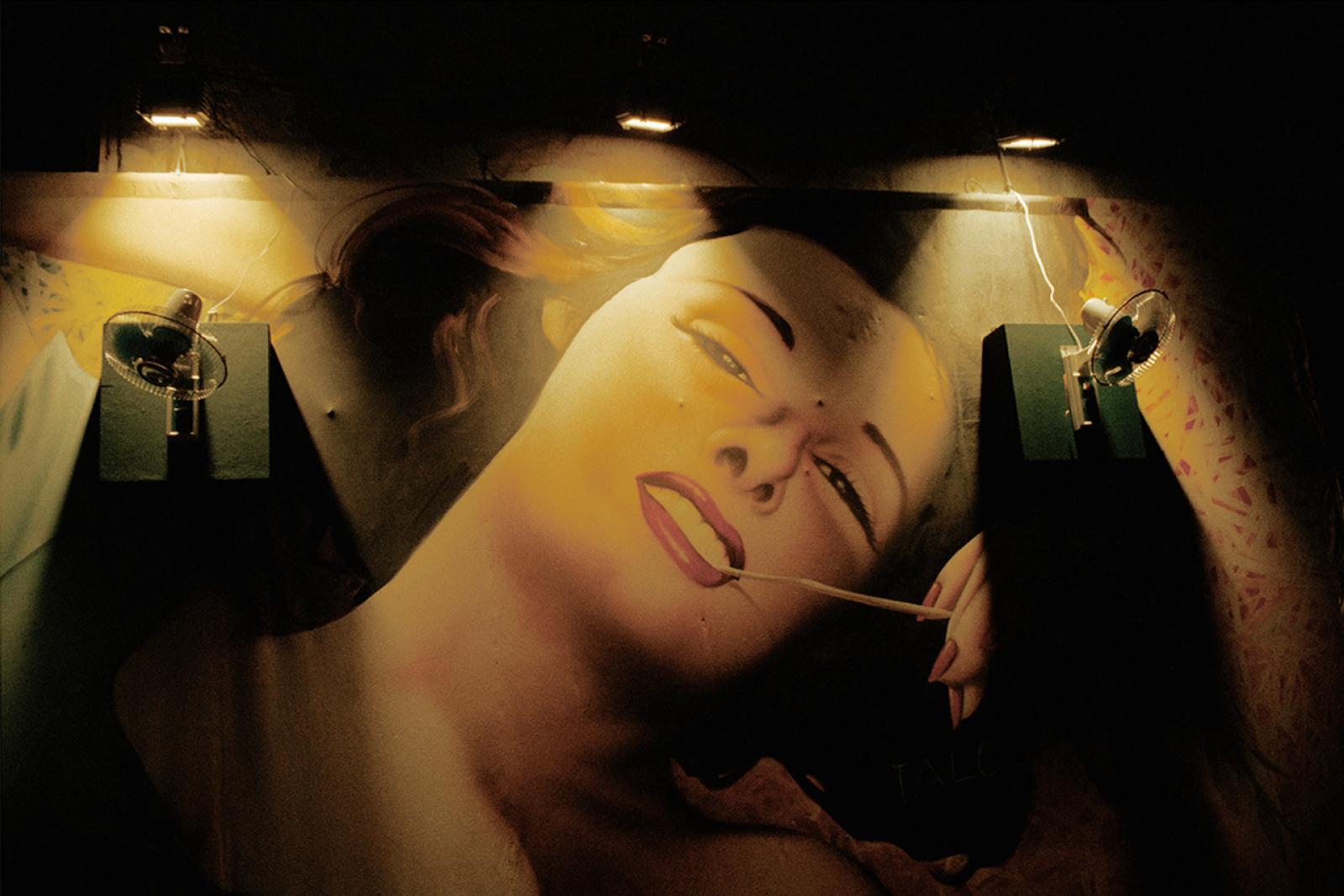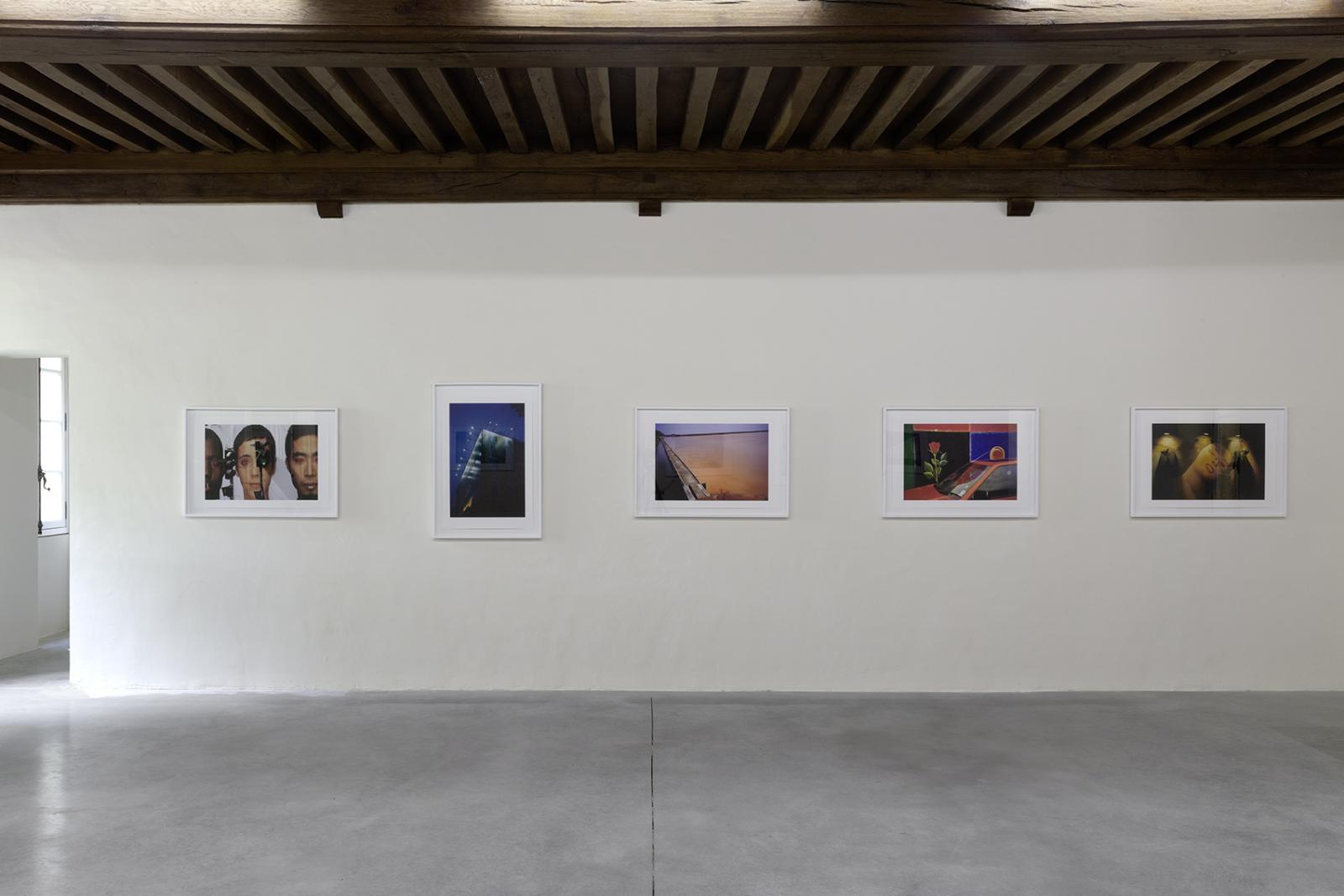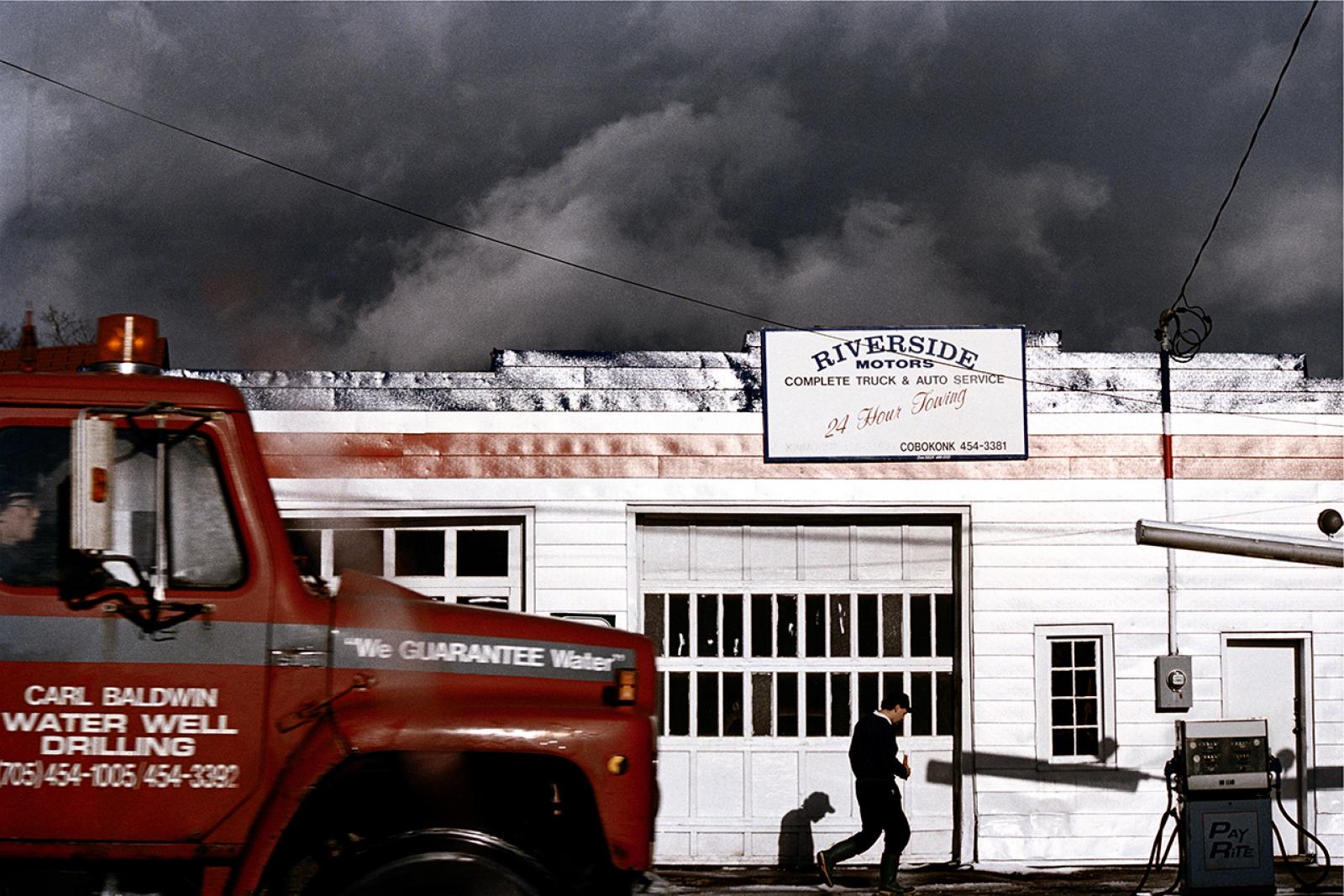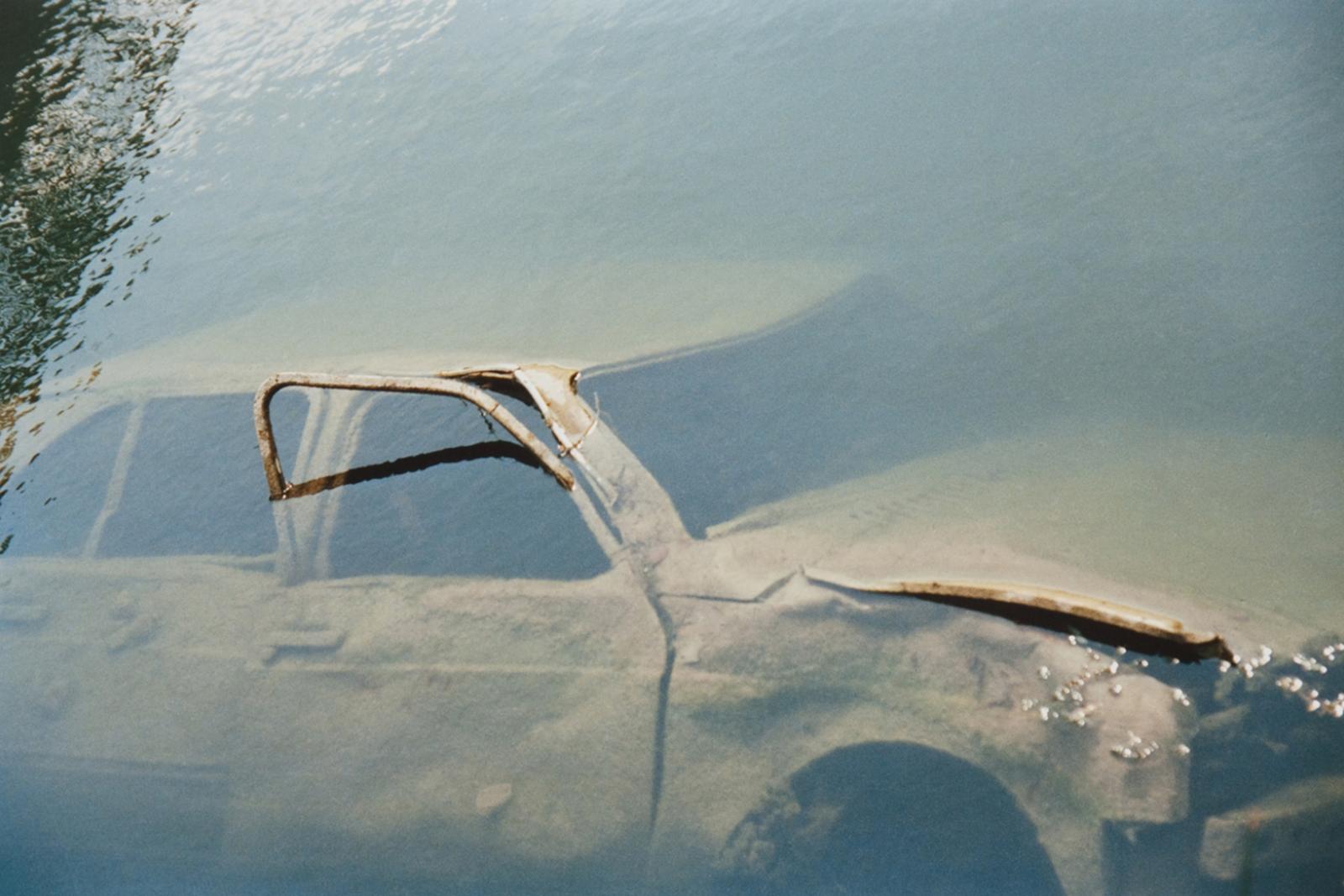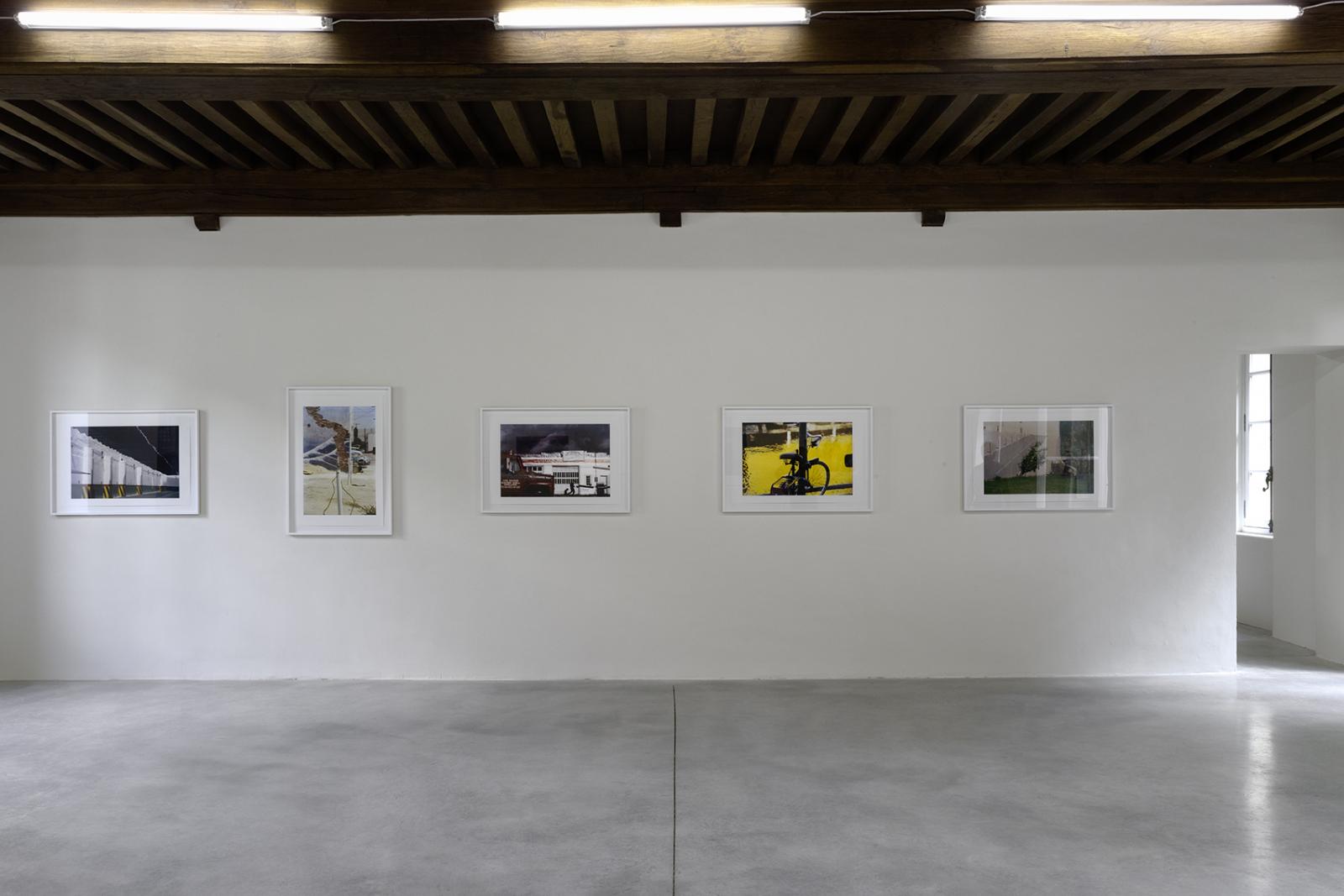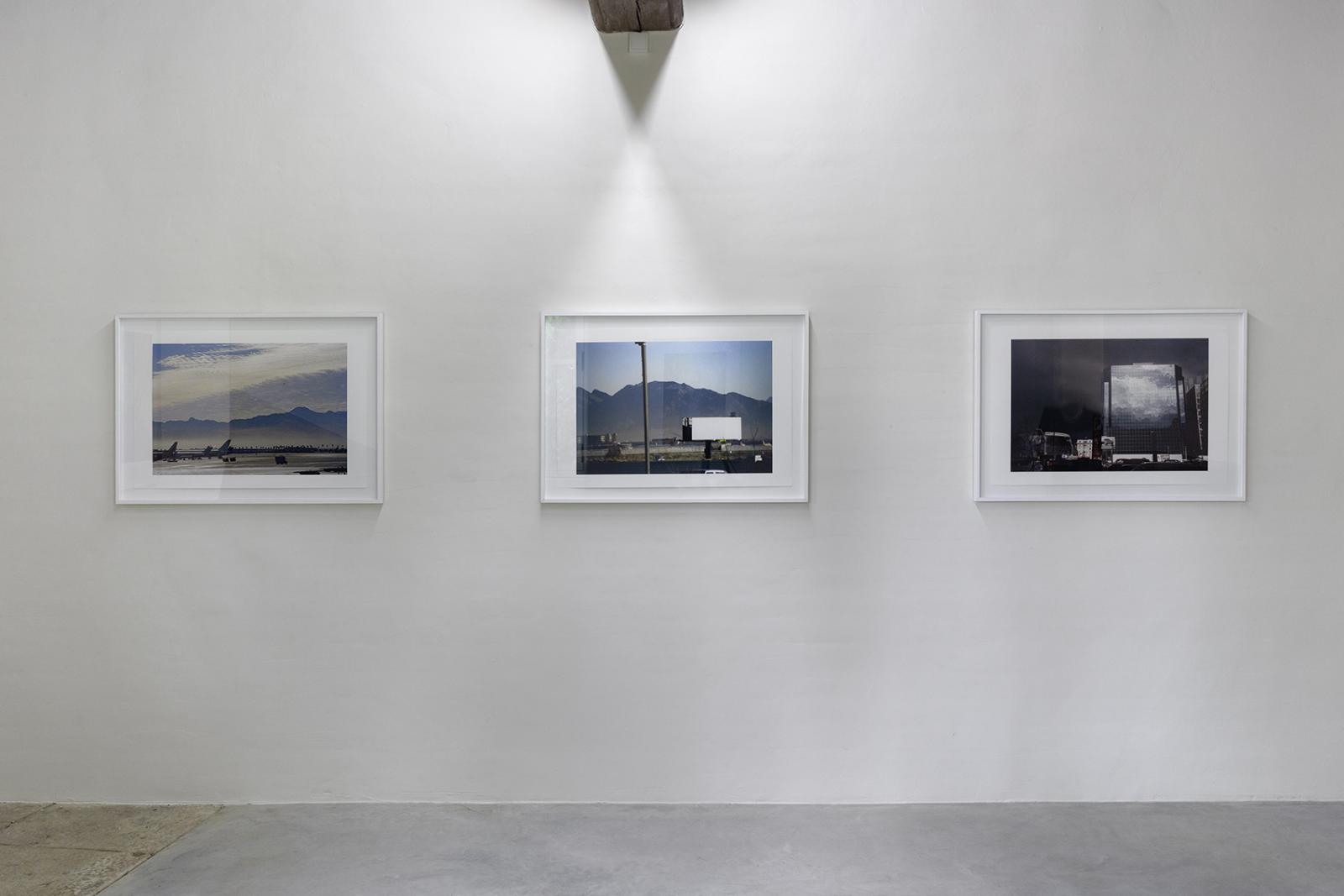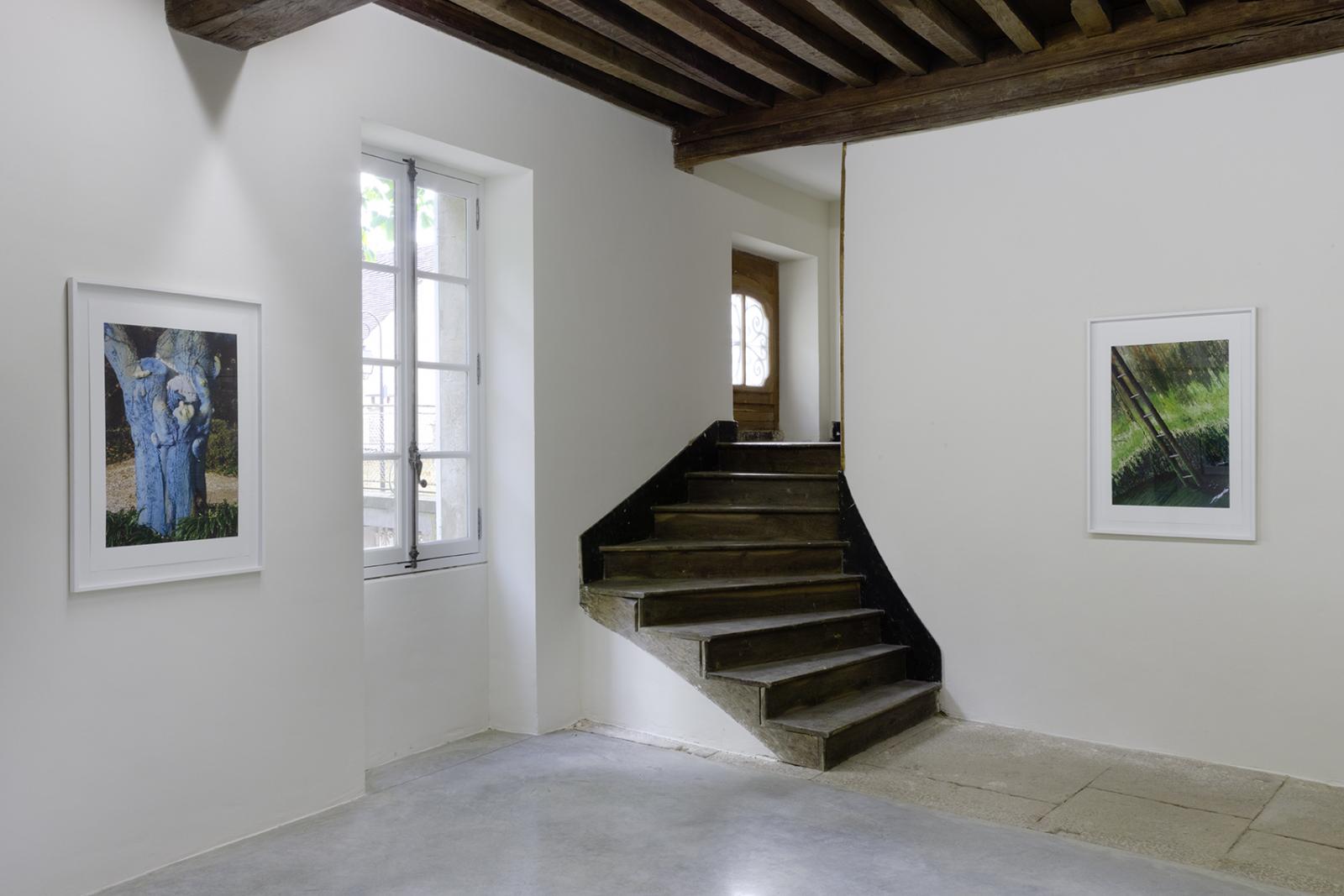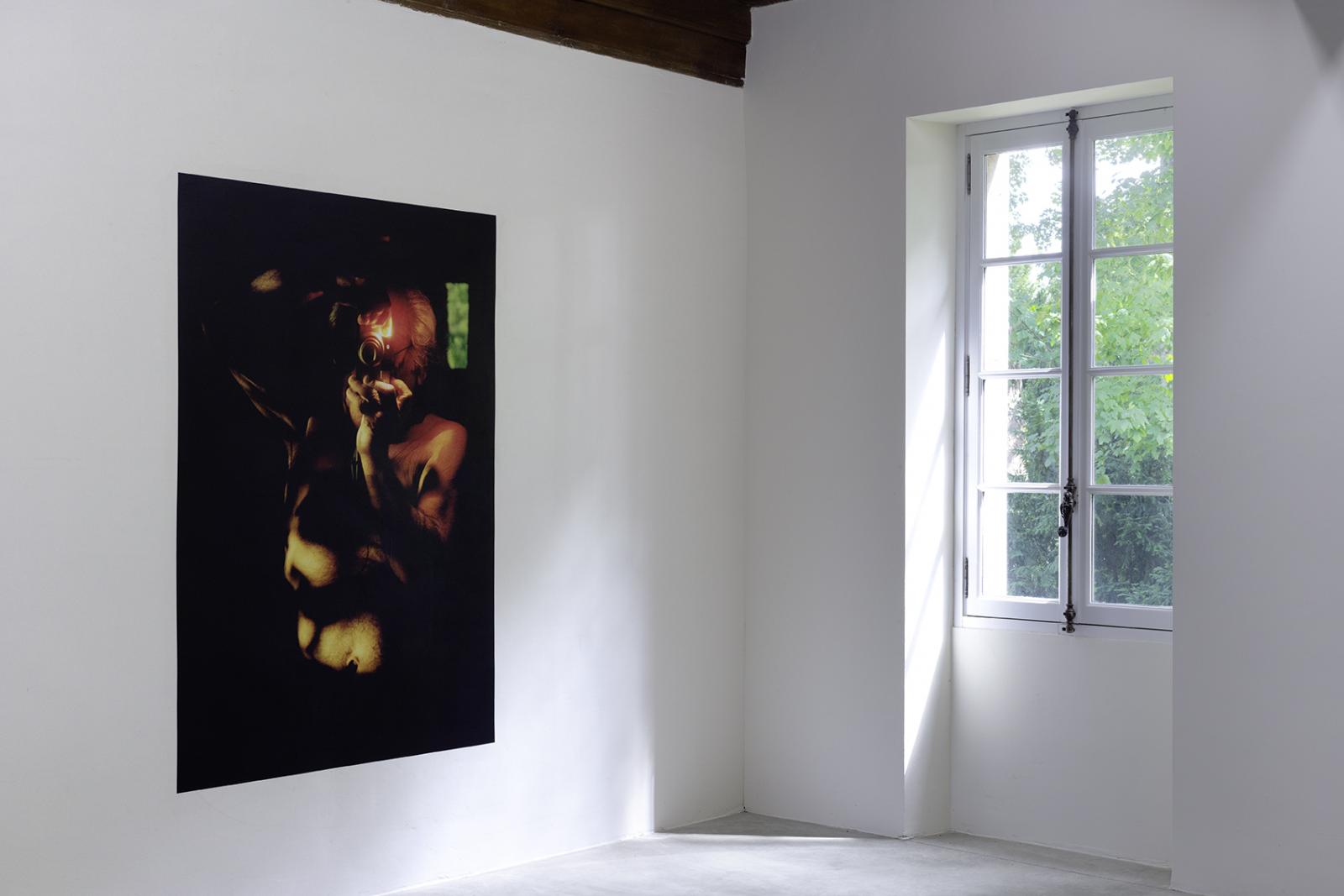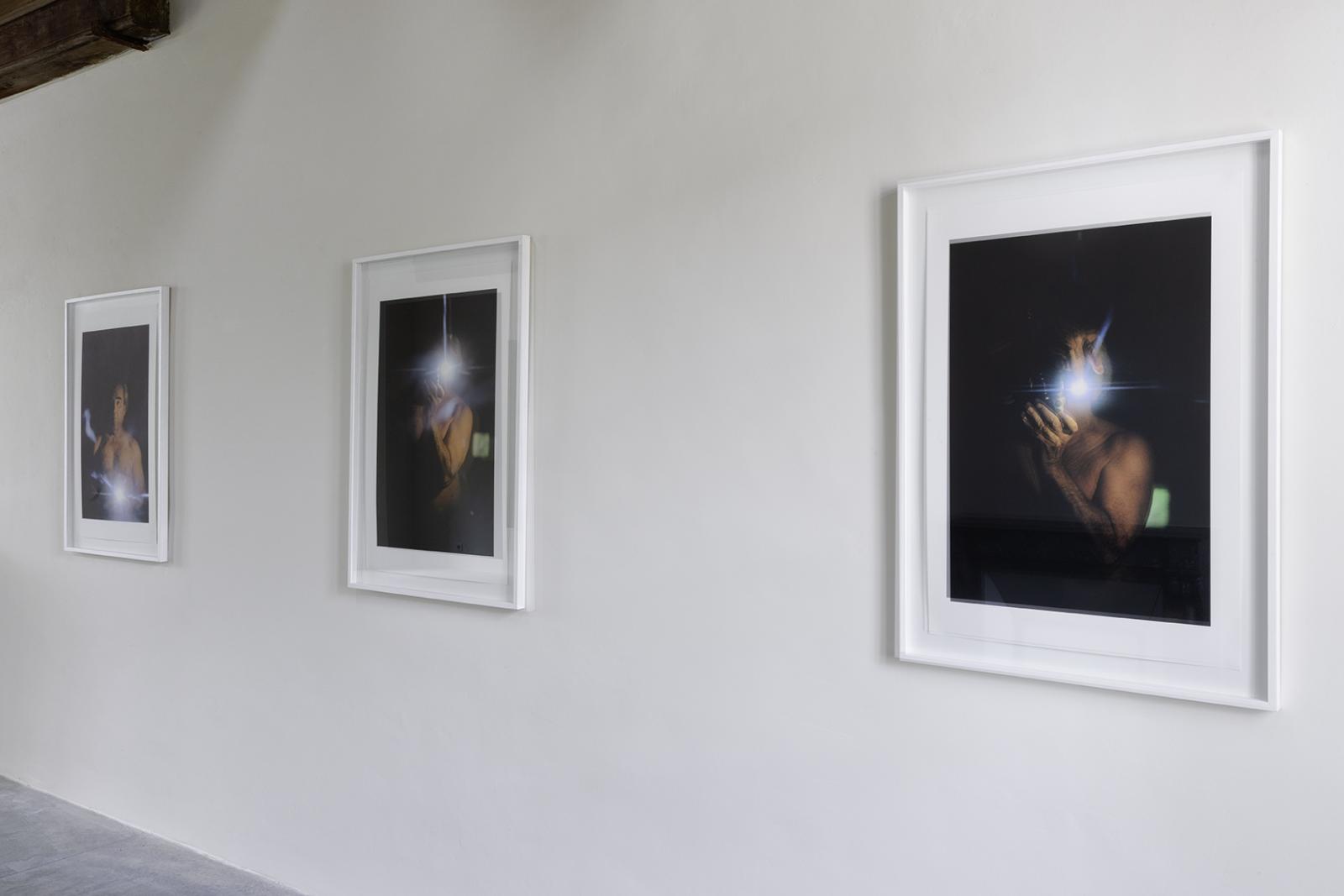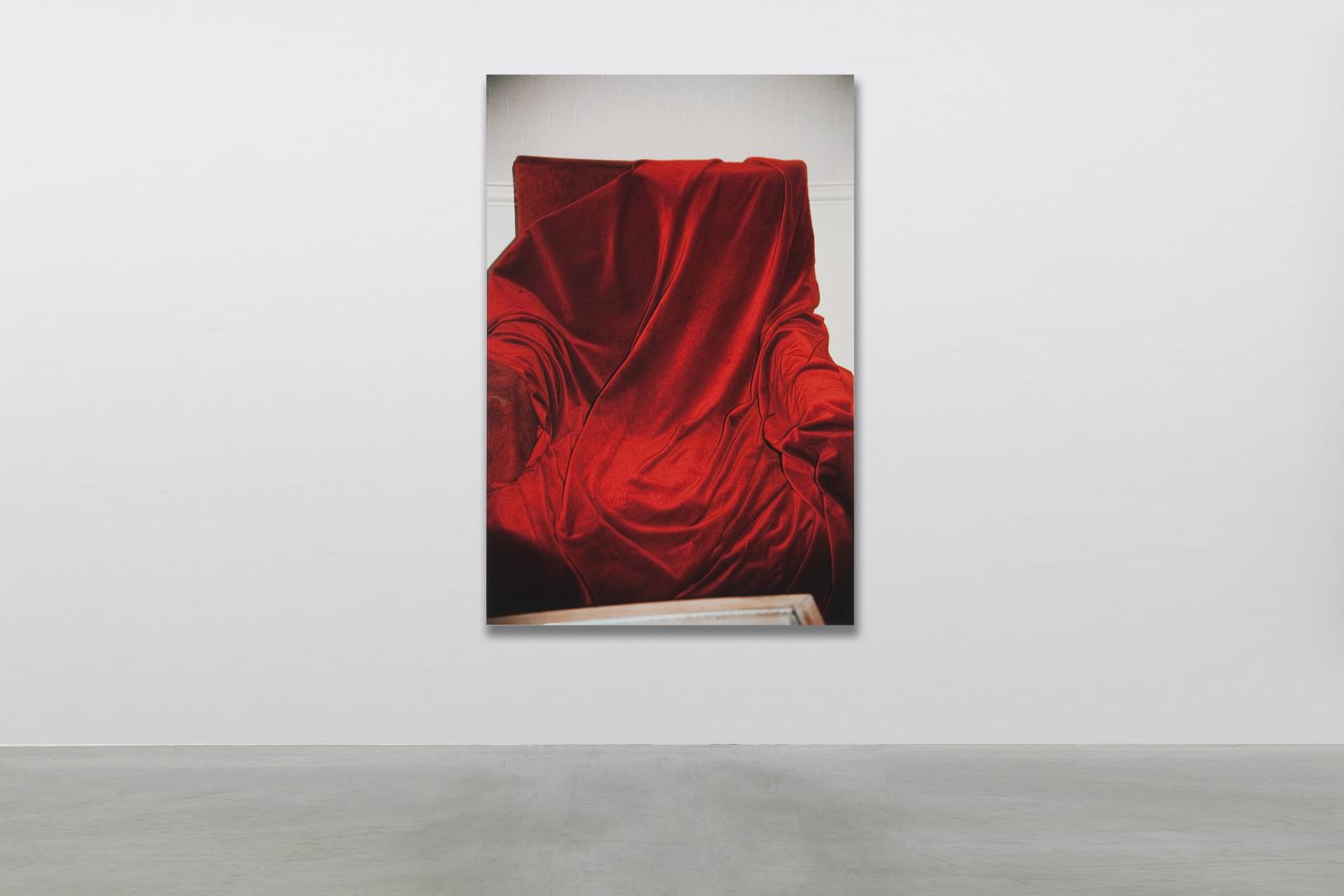Jean Baudrillard
L'Almanach 18 : Jean Baudrillard
The commemoration last year of ten years since the passing of famed philosopher and sociologist Jean Baudrillard, a founding father of French Theory, has been spectacularly inconspicuous, including in the visual arts field with which he had an ongoing and stormy relationship.
In 1977, in L’Effet Beaubourg (published by Editions Galilée) he formed the hypothesis that “The day after the opening Beaubourg could or should have disappeared, dismantled and kidnapped by the crowds as the only possible response to the absurd challenge of the transparency and the democracy of culture.” The publication of Simulacra and Simulation in 1981 turned him into “the darling of the New York art world,” in Sylvère Lotringer’s words; the book became a reference for Appropriation proponents when it was translated into English in 1983. Seats were reserved months in advance for the 1987 lecture on Andy Warhol Baudrillard gave at the Whitney Museum in New York. He caused a scandal with the 1996 publication of “The Conspiracy of Art” in French newspaper Libération; a searing indictment inciting readers to rethink the “[aesthetic] nullity” of contemporary art (a nullity understood as ineffectiveness). In retrospect, the visionary aspect of his writing is indubitably striking, especially in his description of an art rapidly evolving into entertainment, having invented its own rituals. “Going to a biennial has become a social ritual, like going to the Grand Palais. And we have reached a point where the signs of the ritual are void, meaningless and without substance.” (Baudrillard, 1996)
Baudrillard took everyone by surprise (and irritated people again) when he exhibited his photographic work, initiated at the beginning of the 1980s, at the Maison Européenne de la Photographie. Since then, his photographic work has been exhibited worldwide.
At Le Consortium, viewers are greeted by his photographic artwork Sainte-Beuve in the first room of L’Almanach 18, which also serves as a signal for the simultaneous monographic exhibition devoted to his work at the Académie Conti.
–Eric Troncy
Jean Baudrillard, “The Beaubourg-Effect, Implosion and Deterrence,” translated from the French by Rosalind Krauss and Annette Michelson, in October, vol. 20, Spring 1982, pp. 3-13
